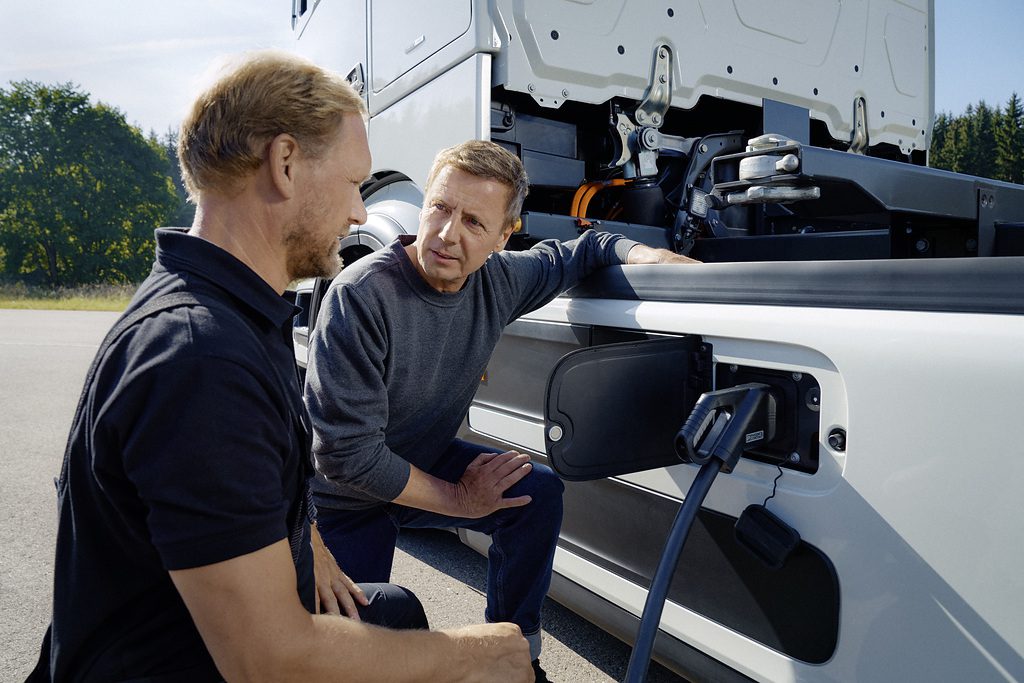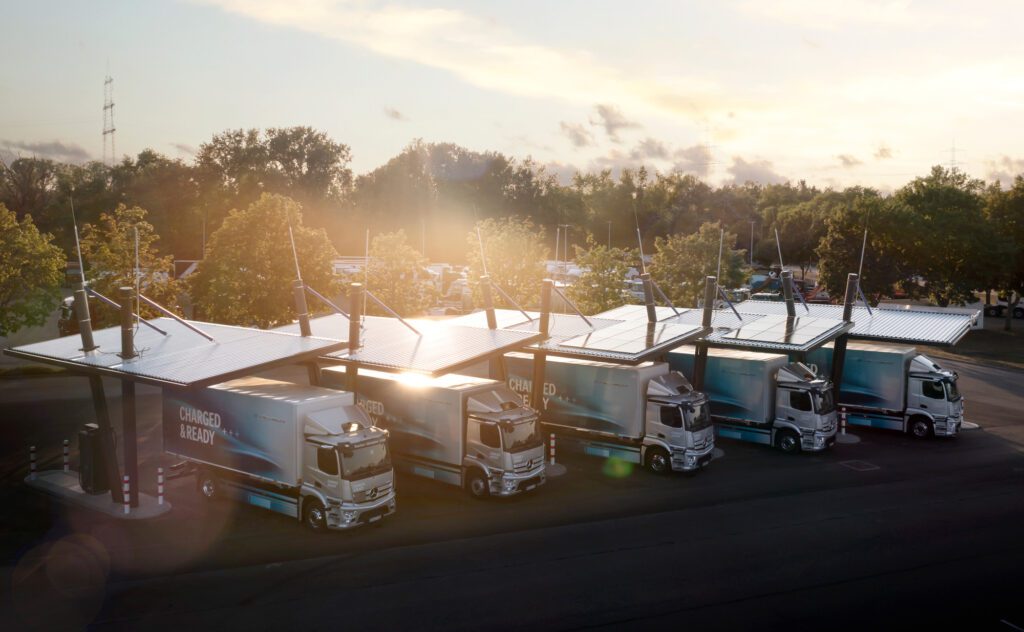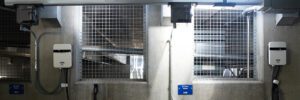
South Korean firm SK Innovation E&S has announced that its EV charging and parking platform subsidiary, iParking, has been selected as the project implementation agency for the 2025 Electric Vehicle Rapid and Slow Charging Facility Support Project hosted by South Korea’s Ministry of Environment.
The project provides subsidies to companies installing public slow charging facilities in apartment complexes, business places and large parking lots, or fast charging facilities in living spaces, commercial facilities, commercial vehicle garages, logistics centers and highway rest areas.
iParking has been selected as a business execution organization for two consecutive years in both the rapid and slow charging categories. The number of businesses selected has decreased from 28 rapid and 40 slow charging providers to 12 and 17 companies, respectively, from last year because the evaluation criteria such as compliance with subsidy guidelines have strengthened this year.
The plan is to further accelerate the expansion of infrastructure centered on destination charging, which allows drivers to charge while stopping at destinations in their daily lives, such as business, commercial, cultural and public facilities.
iParking entered the EV charging business in 2023 when it launched its iPARKING EV brand. It has a network of more than 8,900 directly-operated and affiliated parking lots across South Korea. The company is expanding its charging infrastructure by analyzing parking lot entry and exit data. It also provides a one-stop charging and parking solution through an integrated app.
Source: SK Innovation







